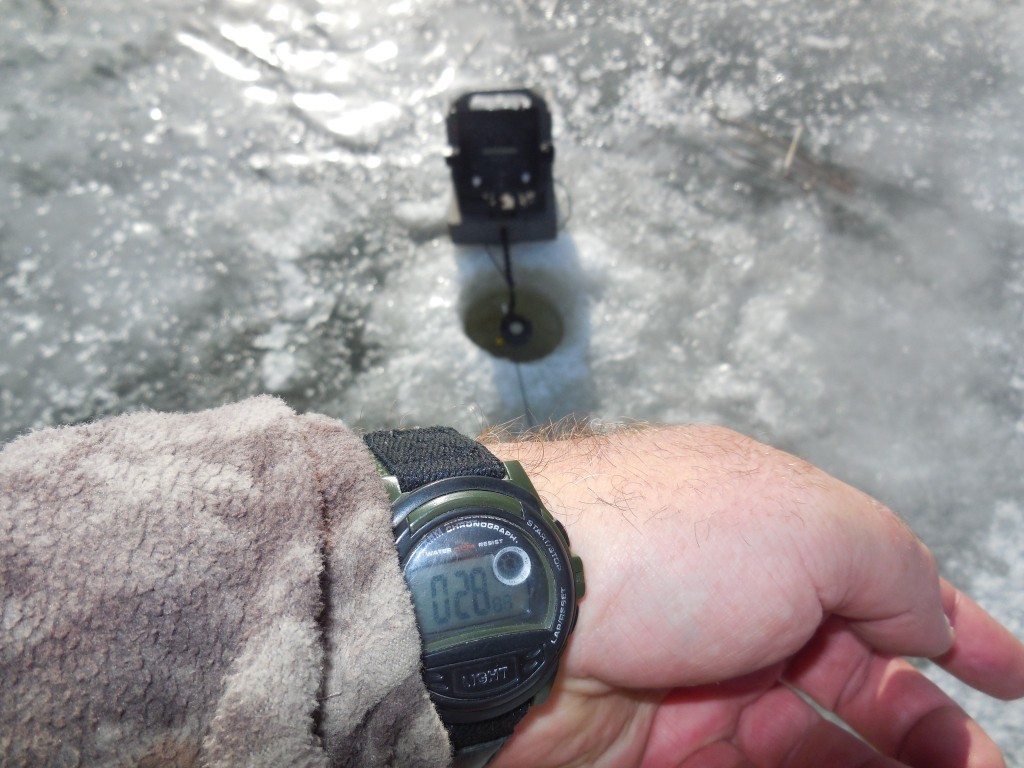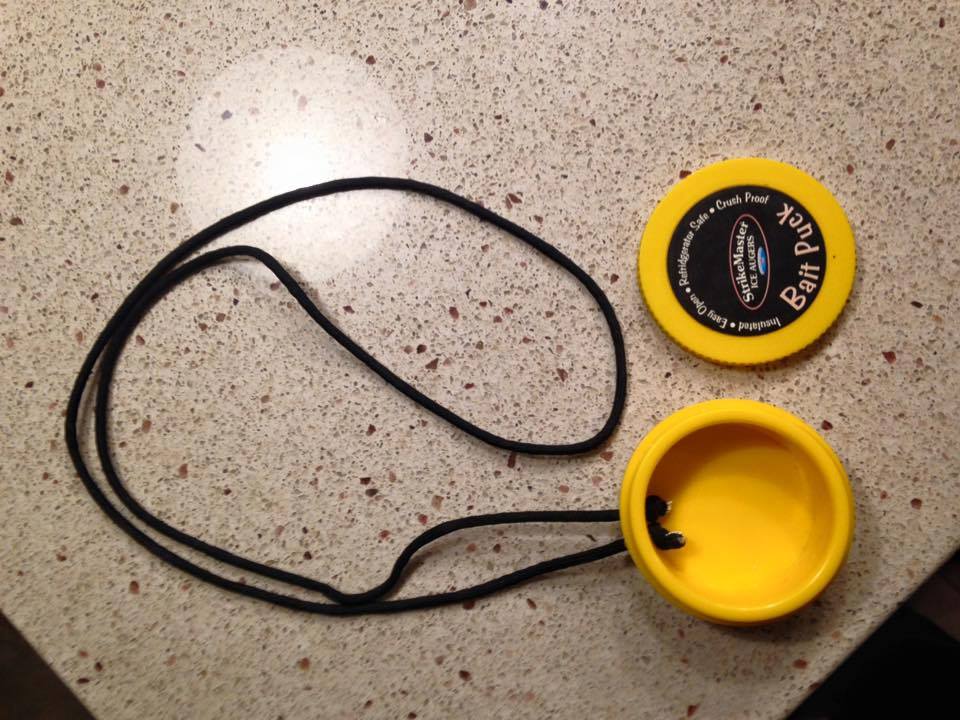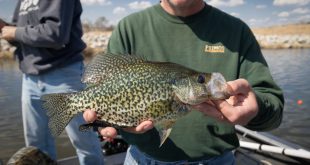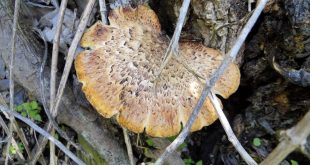The extended forecast is not looking real good for our 2016 ice season, but I hope to squeeze out a few more days on the ice this winter. I thought I would share some thoughts and tips I have been reminded of this winter. . . .
I have said before that the variety of fishing lines we have available now is amazing. I am old enough to remember when there were a handful of quality monofilament lines on the market, the old braided Dacron, and that was it! Today we have a lot more options, and it has multiplied even more with special variations of modern fishing lines made just for ice-fishing. That brings up the question of which lines are best, and my favorite answer to that is “It Depends”–depends on the situation, depends on which “tool”, line, is right for that fishing situation on that body of water that day.
That subject would be a good one for a two hour seminar, but I stumbled across this video that pretty much reflects my thoughts:
I will use some fluorocarbon while ice-fishing too. I tend to use that in situations where the water is extremely clear.
Long Rods
I cannot tell you the last time I walked into sporting goods store and purchased an ice-fishing rod. Anymore, I pretty much do not even look at anything they have in stock. Usually all of the ice-fishing rods you will find on display are in my opinion too short and too “wimpy” to be anything but toy rods. Come to think of it, I can tell you the last time I bought an ice-fishing rod off the shelf, three or four years ago Cabela’s had some ice-fishing rods made for walleyes when fishing outside of shelters. Those rods were longer than 36 inches and had a great action. My son and I left with two of the four of those rods they had in stock. We have dried off a darned lot of fish with those rods since then, and they were not all walleyes.
Again, I found a video that explains the advantages to tackling up to longer rods.
“Hole-hopping”? Yep, that pretty much describes my strategy on ice–“Drill baby, drill”! With the modern ice-fishing bibs and parkas that are on the market now, it is easier than ever to stay outside of a shelter, stay mobile, find fish, catch fish. In fact, I am constantly amazed on the ice by how FEW ice holes most anglers drill. If you ain’t catching fish, M-O-V-E, move! And even sometimes when I am catching fish, I keep moving looking for bigger fish. Five minutes per hole, if do not see fish, catch fish, I am a-moving!

Another thing I like about the long rods is they allow you to play a big fish a lot better than the short noodle sticks. We all love it when we are surprised by a larger predator fish or even an exceptionally large panfish. I especially love it when I know I have the best gear in my hands for handling those fish. I hate “big-ones-the-got-away” stories!
Take Care of your Bait, and Your Bait Will Take Care of You!
I use a lot of wax worms each winter. In fact I use a lot of wax worms all year-round. I try hard to keep my “waxies” in tip-top condition by storing them in a special mini-fridge at home; a mini-fridge set at the perfect temperature for wax worms, 43-49 degrees F. On the ice, I do everything possible to make sure my wax worms do not freeze. That usually means stuffing them in a pocket in one of my inner-most layers, but then at times it becomes a pain to keep digging out the wax worm container for more bait.
I spotted this idea on the internet, on FaceBook someplace. I stole these pictures, going to try this out myself:
If you do not have any “bait pucks” yet, StrikeMaster Bait Pucks.
Be Safe
As we head into the late ice period, a safety reminder is in order, again. The 4 inches of ice that was safe for fishing a few weeks ago will not be nearly as strong as we experience warmer air temperatures, thawing, and wind. In fact, in some situations 6 or 8 inches of ice or even more may not be safe. The best way I know to check for safe ice anytime, and especially on late ice is an ice chisel or “spud bar”.

This kind:
Be especially careful on late ice as ice conditions can change dramatically through the day. Many times anglers have hit the ice early in the morning and had no problem, only to find that ice conditions deteriorated to the point where it was unsafe by afternoon. Monitor conditions throughout the day, know when it is time to throw in the towel.
 Nebraskaland Magazine
Nebraskaland Magazine






